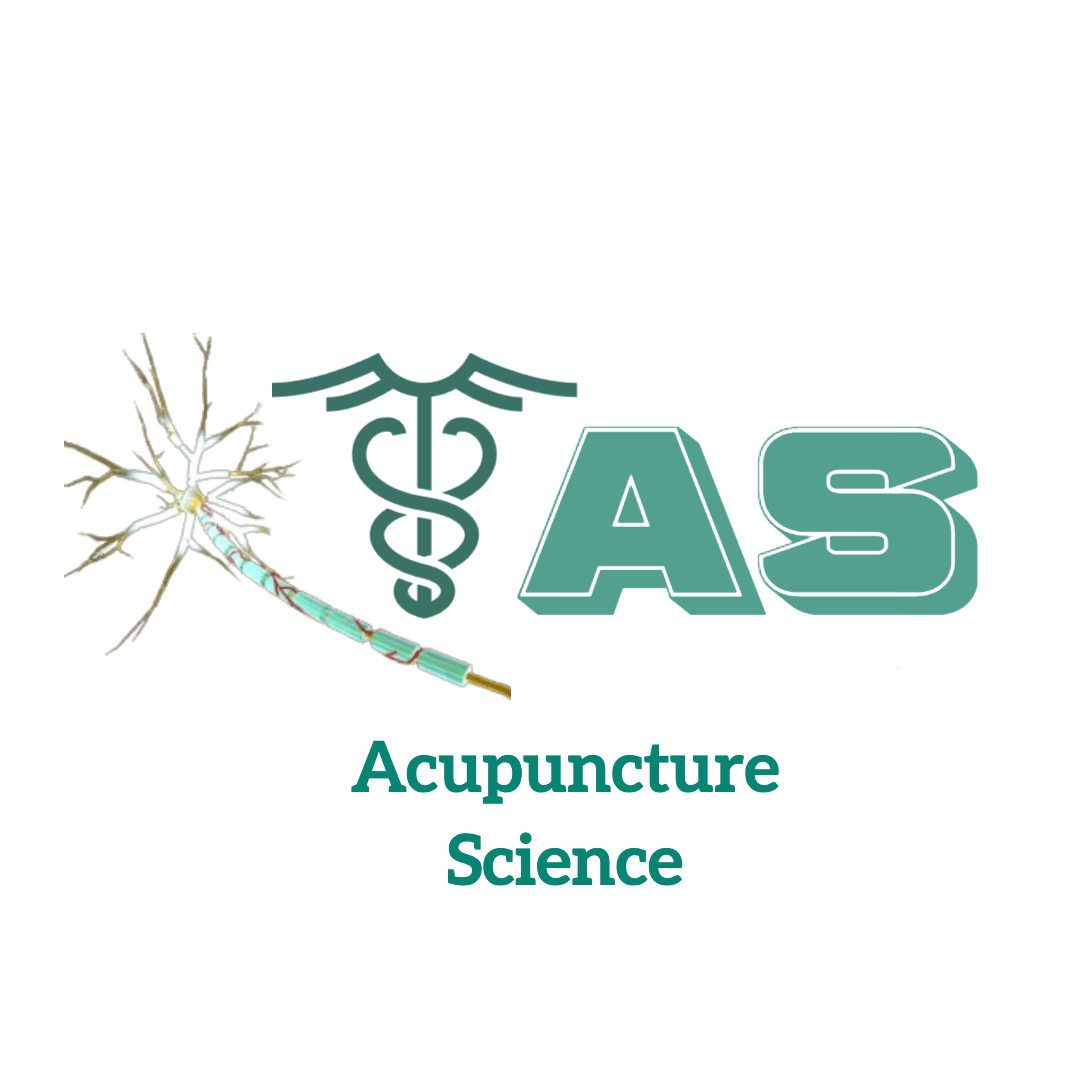Cervical spondylosis
Cervical spondylosis
is a general term for age-related wear and tear affecting the spinal disks in your neck. As the disks dehydrate and shrink, signs of osteoarthritis develop, including bony projections along the edges of bones (bone spurs).Most people experience no symptoms. When symptoms do occur, they typically include pain and stiffness in the neck. and nonsurgical treatments often are effective.
Sometimes, cervical spondylosis results in a narrowing of the spinal canal within the bones of the spine (the vertebrae). The spinal canal is the space inside the vertebrae that the spinal cord and the nerve roots pass through to reach the rest of the body. If the spinal cord or nerve roots become pinched, you might experience:
- Tingling, numbness and weakness in the arms, hands, legs or feet
- Lack of coordination and difficulty walking
- Loss of bladder or bowel control
Clinical Case 2019, By Dr. Melinda Lei
Main Complain:
52 year-old Female neck, shoulder pain, inflexible middle finger for more than 6 month
MRI IMPRESSION:
1. Multilevel degenerative disc disease with broad-based disc bulges at C3-C4
through C5-C6 with moderate right neuroforaminal narrowing at C3-C4 and C5-C6.
HISTORY:
52 year-old Female, neck pain and weakness.
TECHNIQUE:
MR images of the cervical spine were acquired without intravenous contrast.
COMPARISON: None available.
FINDINGS:
SPINAL CORD: Normal.
DISCS: Normal.
BONES: Vertebral body height and alignment are normal. Marrow signal is normal.
SOFT TISSUES: Normal.
C2-C3: No canal or foraminal stenosis.
C3-C4: Broad-based disc osteophyte complex is seen with moderate right and mild
left neuroforaminal narrowing. No central canal stenosis.
C4-C5: Broad-based disc osteophyte complex is seen without significant
neuroforaminal narrowing. No central canal stenosis.
C5-C6: Broad-based disc osteophyte complex is seen with moderate right and mild
left neuroforaminal narrowing. No central canal stenosis.
C6-C7: No canal or foraminal stenosis.
C7-T1: No canal or foraminal stenosis.
OTHER: Visualized posterior fossa is normal.
Dictated and signed by: XXX, MD 6/14/2019 9:48 AM
------------------------
Narrative
MRI SHOULDER: 6/14/2019 7:25 AM
MRI Shoulder Left Without Contrast - Details
IMPRESSION:
1. Mild rotator cuff tendinosis without discrete tear. Normal rotator cuff
musculature.
2. Biceps tendinopathy with subtle longitudinal split tear of the
extra-articular segment, severe tendinosis of the intra-articular segment and
possible chronic appearing tear extending towards the anchor.
3. Labral degeneration and fraying, as described.
4. No significant acromioclavicular or glenohumeral osteoarthritis.
5. Periligamentous edema and fluid adjacent to the inferior capsular ligaments
can be seen with capsulitis.
Dictated and signed by: Michael Chiou 6/14/2019 4:03 PM
Narrative
MRI SHOULDER: 6/14/2019 7:25 AM
CLINICAL HISTORY: 52 years of age, Female, left shoulder pain, evaluate for
rotator cuff tear.
COMPARISON: Multiple views of the left shoulder 3/1/2019
PROCEDURE COMMENTS: Multisequence, multiaxial MRI of the left shoulder was
performed using the department's protocol. No intravenous contrast was
administered.
FINDINGS:
Acromioclavicular joint: No significant degenerative change. Type 1 acromion
without lateral downsloping, os acromiale, or narrowing of the subacromial
space.
Subacromial/subdeltoid bursa and fluid: Mild subacromial/subdeltoid bursitis. No
glenohumeral joint effusion.
Rotator cuff: Mild supraspinatus and infraspinatus tendinosis without tear. The
subscapularis tendon is intact. Rotator cuff musculature is normal.
Biceps tendon and anchor: Subtle longitudinal split tear of the extra-articular
biceps tendon, with minimal surrounding fluid. Thickening and diffusely
increased signal of the intra-articular segment compatible with severe
tendinosis, possibly with chronic appearing tear extending towards the anchor on
the sagittal images. Biceps anchor otherwise appears normally attached.
Labrum: Diffusely increased signal within the superior labrum compatible with
degenerative change. Fraying and degeneration of the posterosuperior labrum.
Articular cartilage and bone marrow: Intact glenohumeral articular cartilage.
Mild fibrocystic changes along the greater tuberosity. No evidence of contusion
or fracture.
Additional findings: Mild periligamentous edema and fluid adjacent to the
inferior capsular ligaments

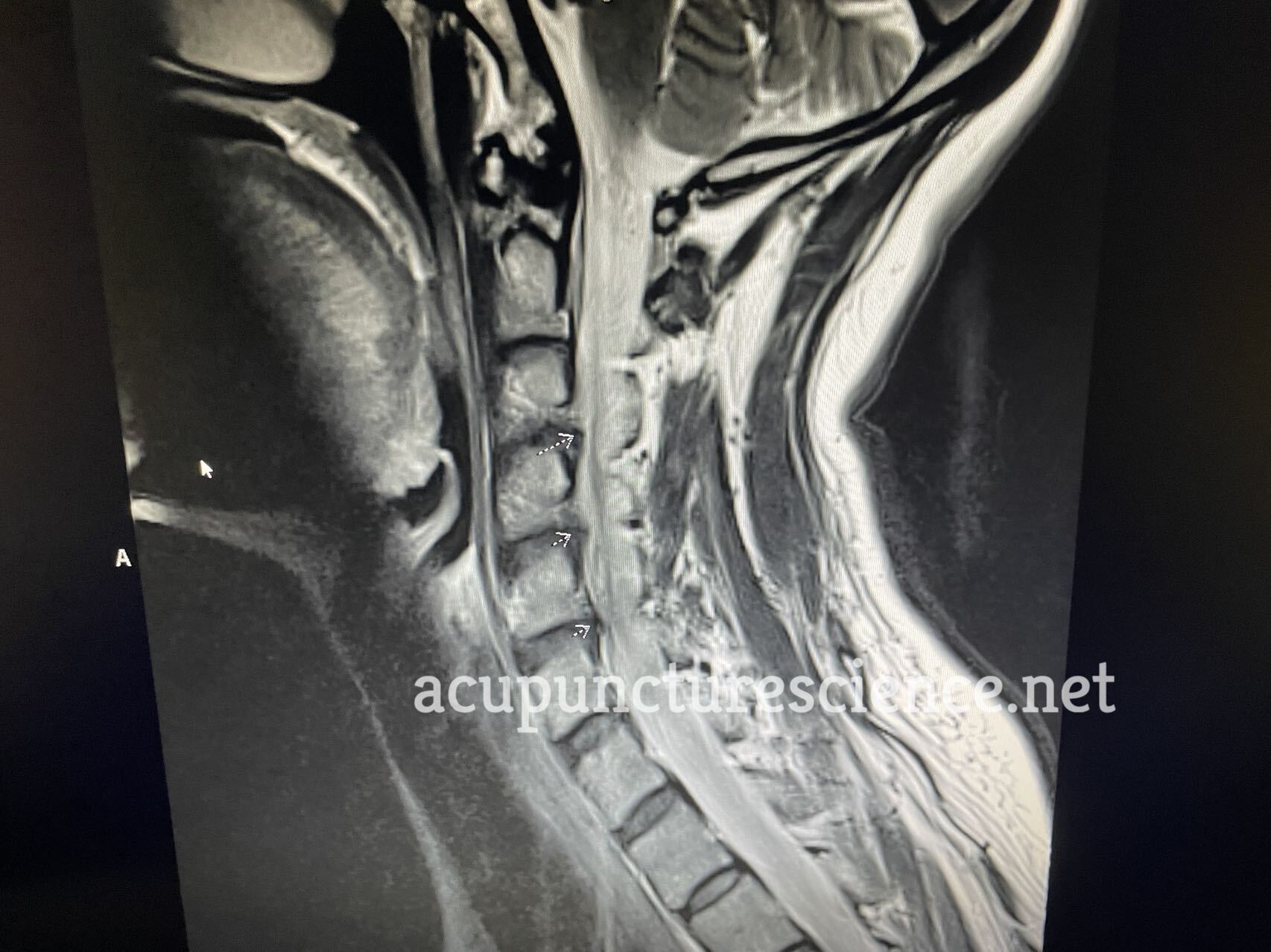
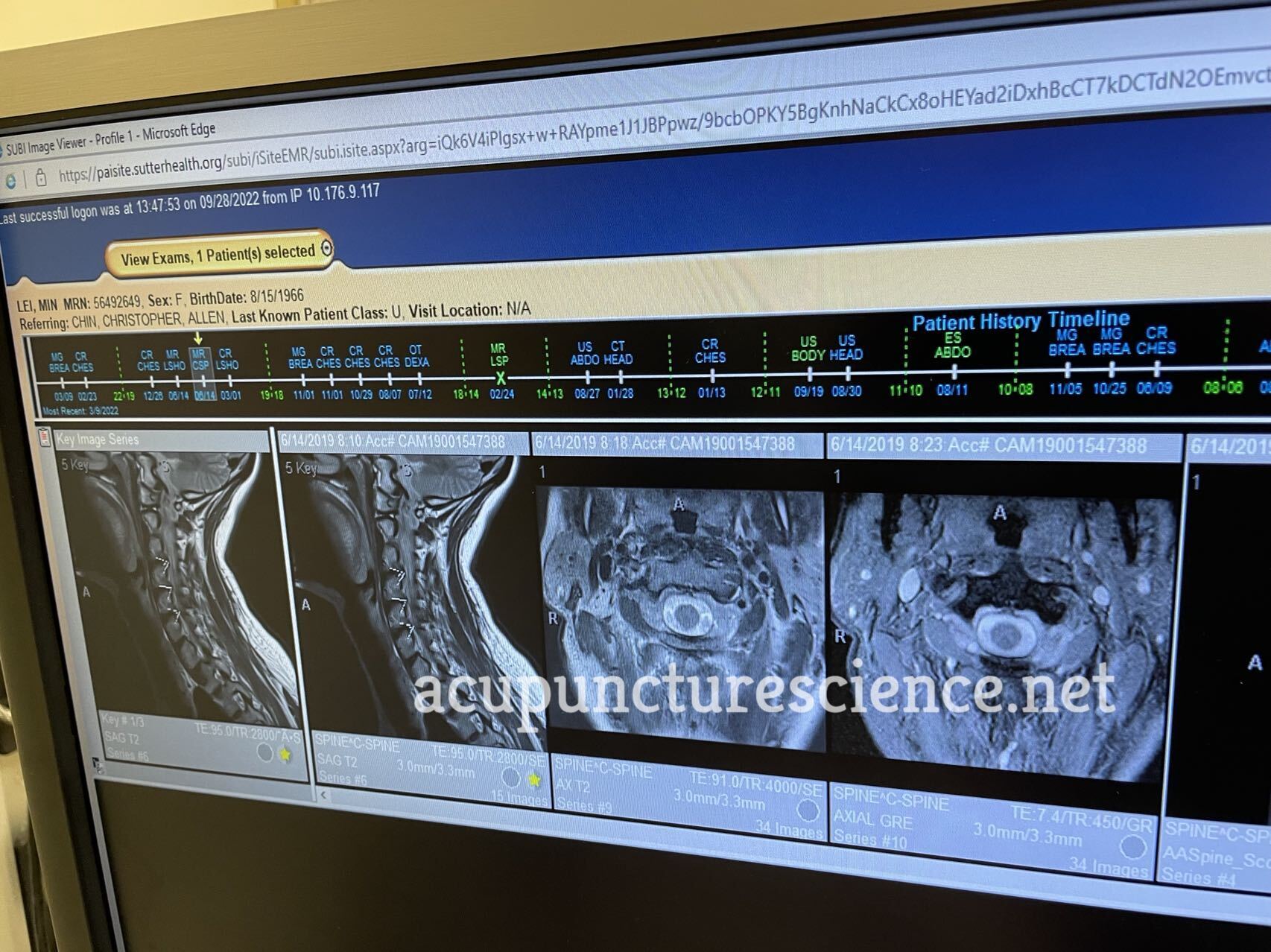
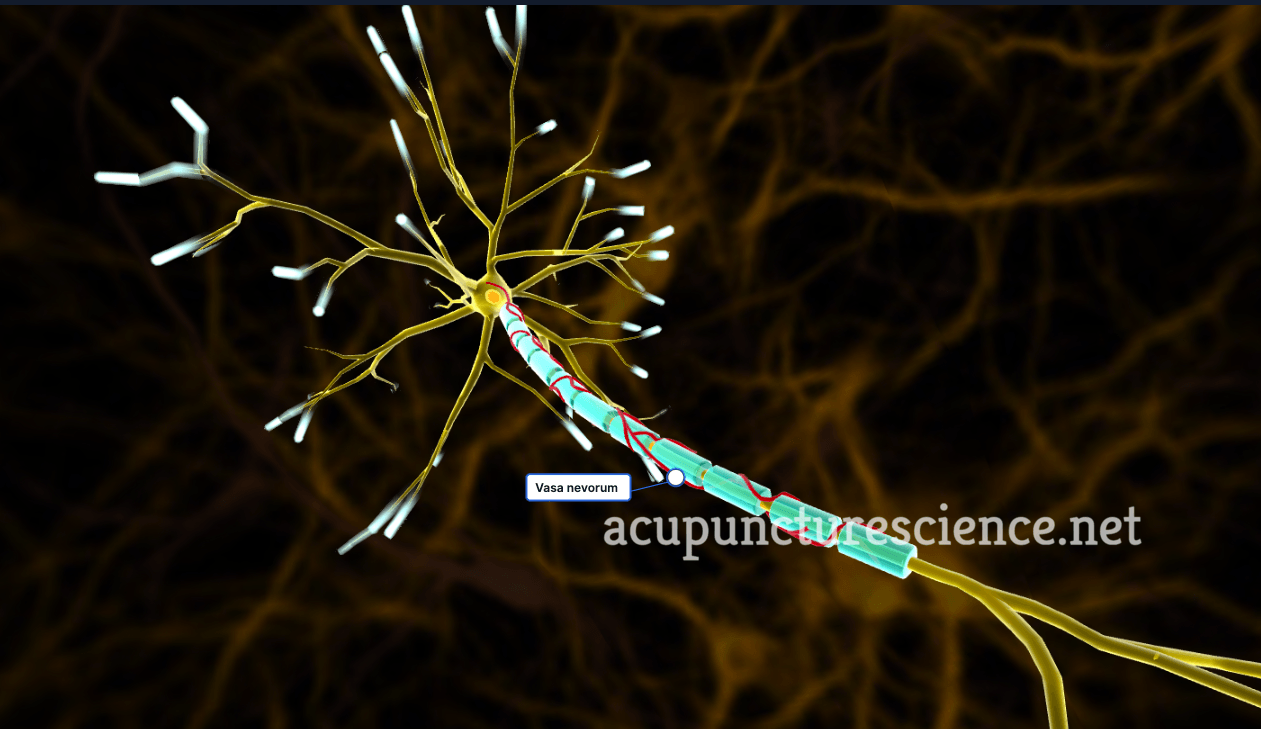
Arterial Supply of Nerves
Small arteries, called vasa nervorum, supply blood to nerves and the myelin sheaths covering nerve axons. Because of their small size, vasa nervorum are highly susceptible to changes in blood composition, volume, and pressure.
Acupuncture intervention effectiveness: Improving the blood circulation and nourishing the nerves in the location concerned, reaching the goal of activating the nerves.
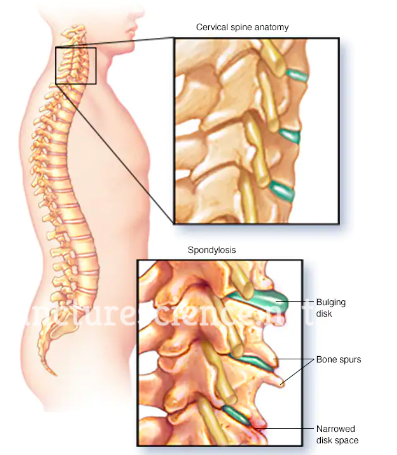

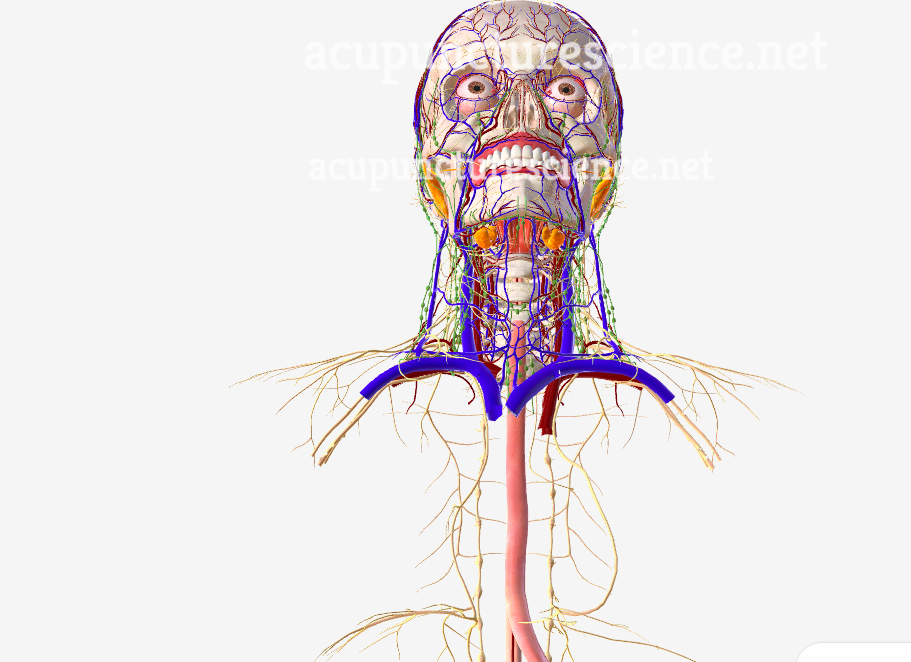


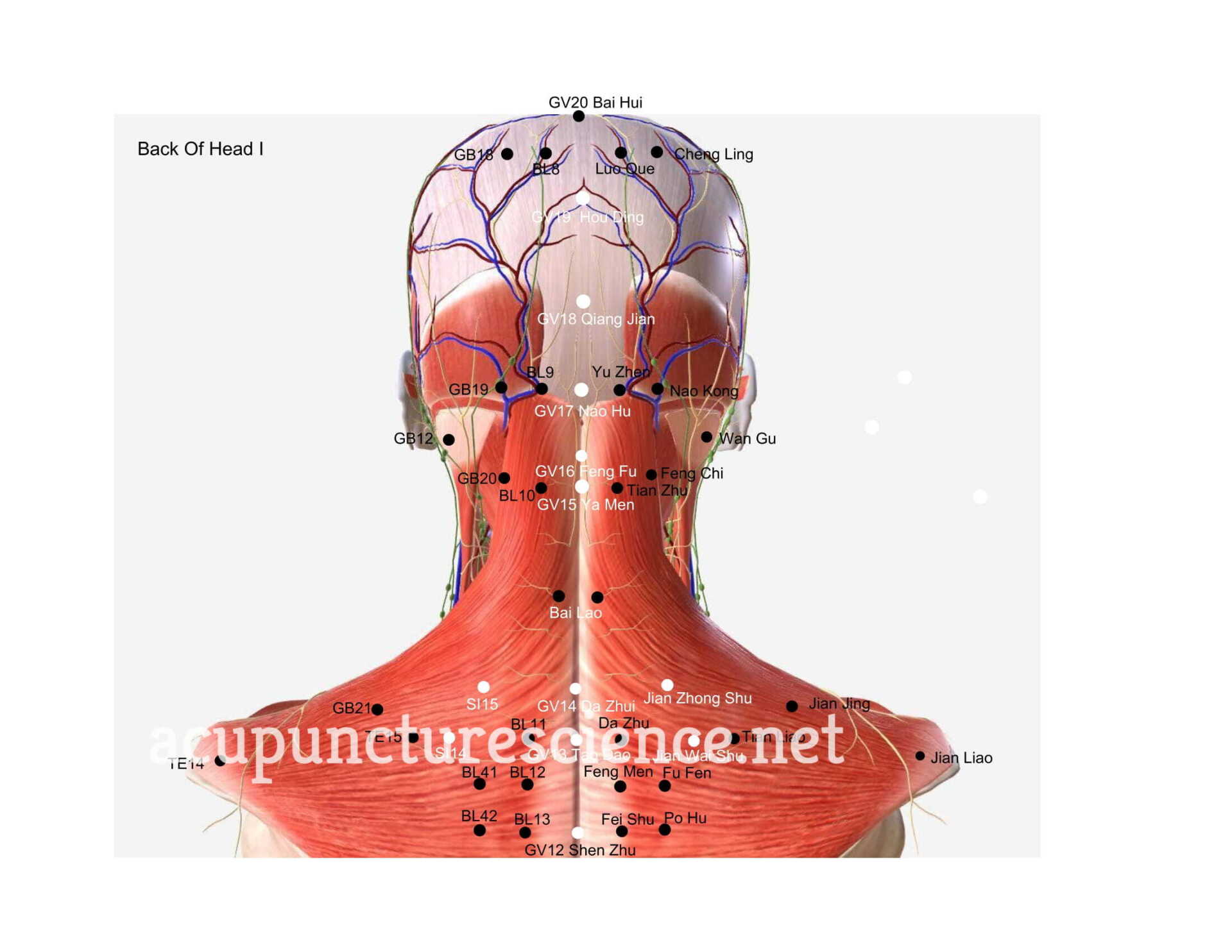

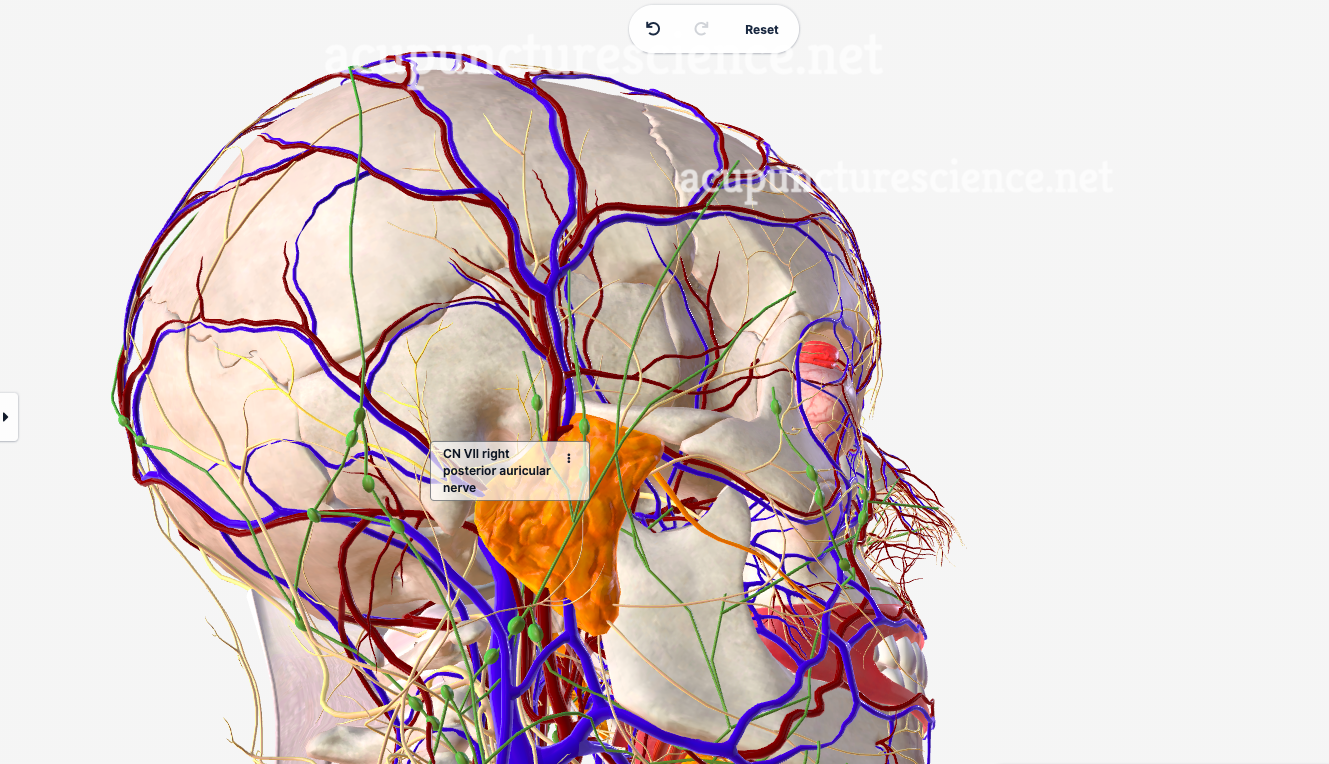
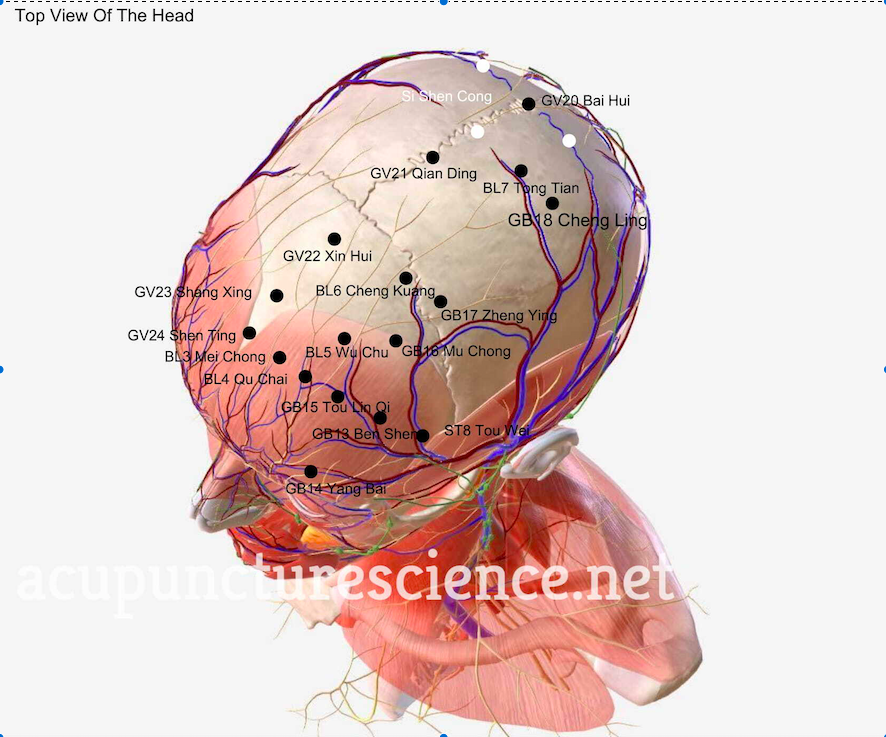

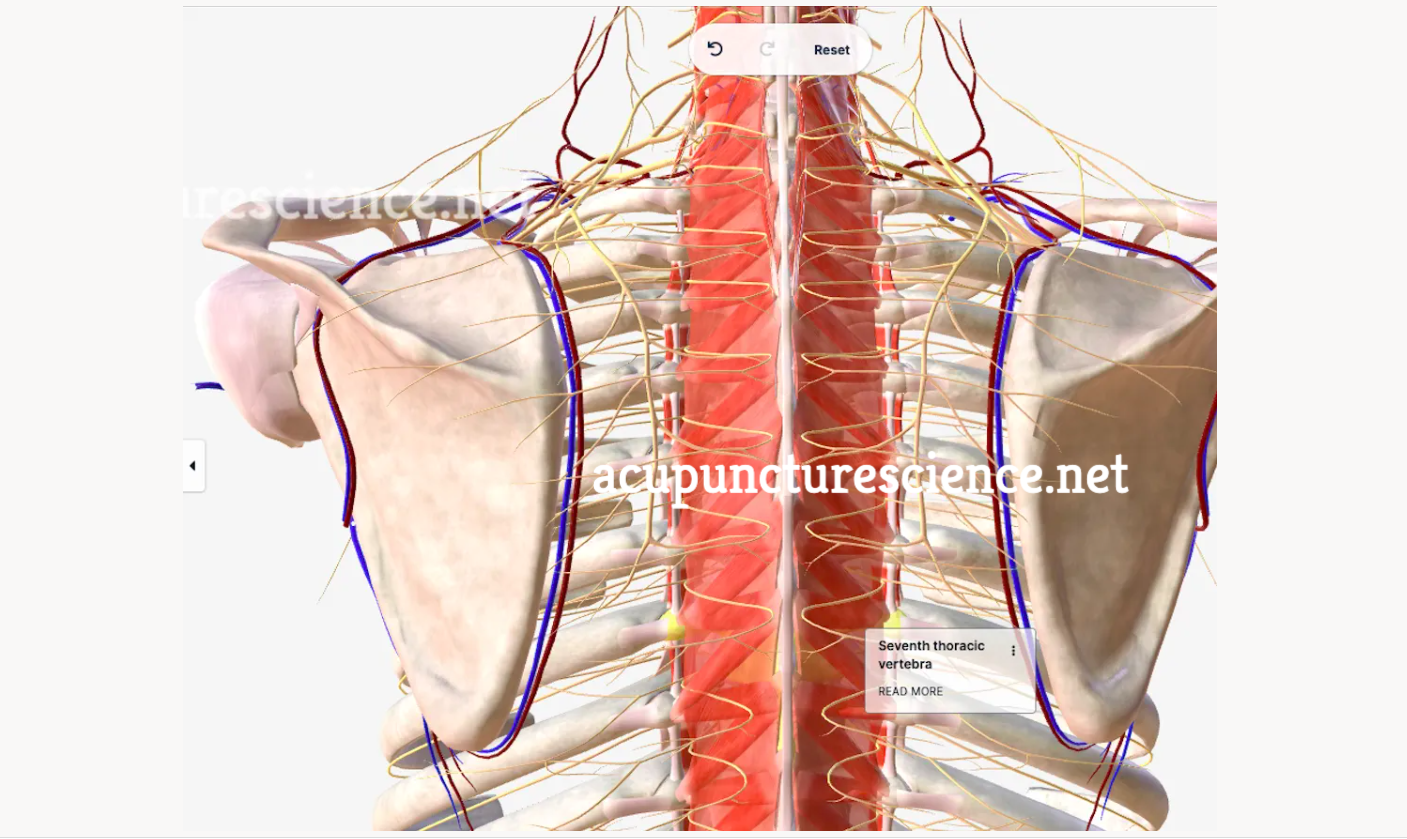
Where is each dermatome located?
Your dermatomes are numbered based on which spinal nerve they correspond to. Below, we’ll outline each dermatome and the area of the body that it’s associated with.
Remember that the exact area that a dermatome may cover can vary by individual. Some overlap is also possible. As such, consider the outline below to be a general guide.
Cervical spinal nerves
- C2: lower jaw, back of the head
- C3: upper neck, back of the head
- C4: lower neck, upper shoulders
- C5: area of the collarbones, upper shoulders
- C6: shoulders, outside of arm, thumb
- C7: upper back, back of arm, pointer and middle finger
- C8: upper back, inside of arm, ring and little finger
Thoracic spinal nerves
- T1: upper chest and back, armpit, front of arm
- T2: upper chest and back
- T3: upper chest and back
- T4: upper chest (area of nipples) and back
- T5: mid-chest and back
- T6: mid-chest and back
- T7: mid-chest and back
- T8: upper abdomen and mid-back
- T9: upper abdomen and mid-back
- T10: abdomen (area of belly button) and mid-back
- T11: abdomen and mid-back
- T12: lower abdomen and mid-back
Lumbar spinal nerves
- L1: lower back, hips, groin
- L2: lower back, front and inside of thigh
- L3: lower back, front and inside of thigh
- L4: lower back, front of thigh and calf, area of knee, inside of ankle
- L5: lower back, front and outside of calf, top and bottom of foot, first four toes
Sacral spinal nerves
- S1: lower back, back of thigh, back and inside of calf, last toe
- S2: buttocks, genitals, back of thigh and calf
- S3: buttocks, genitals
- S4: buttocks
- S5: buttocks
Coccygeal spinal nerves
buttocks, area of tailbone
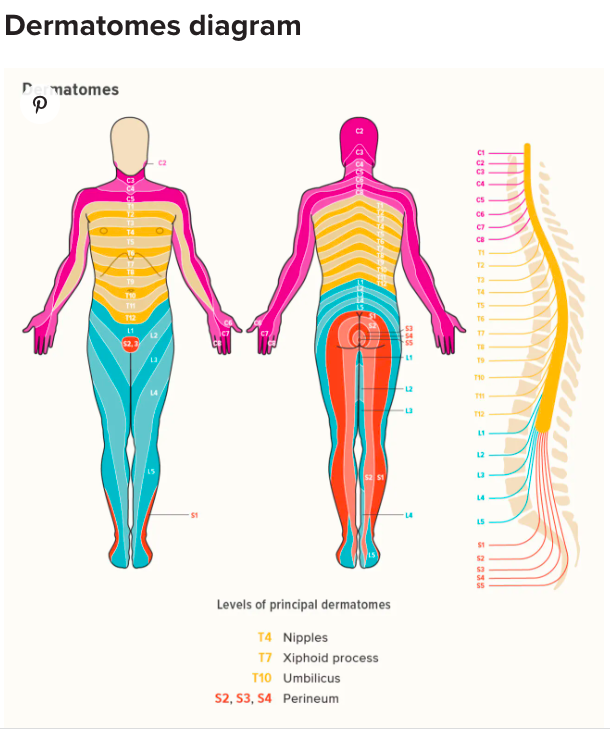
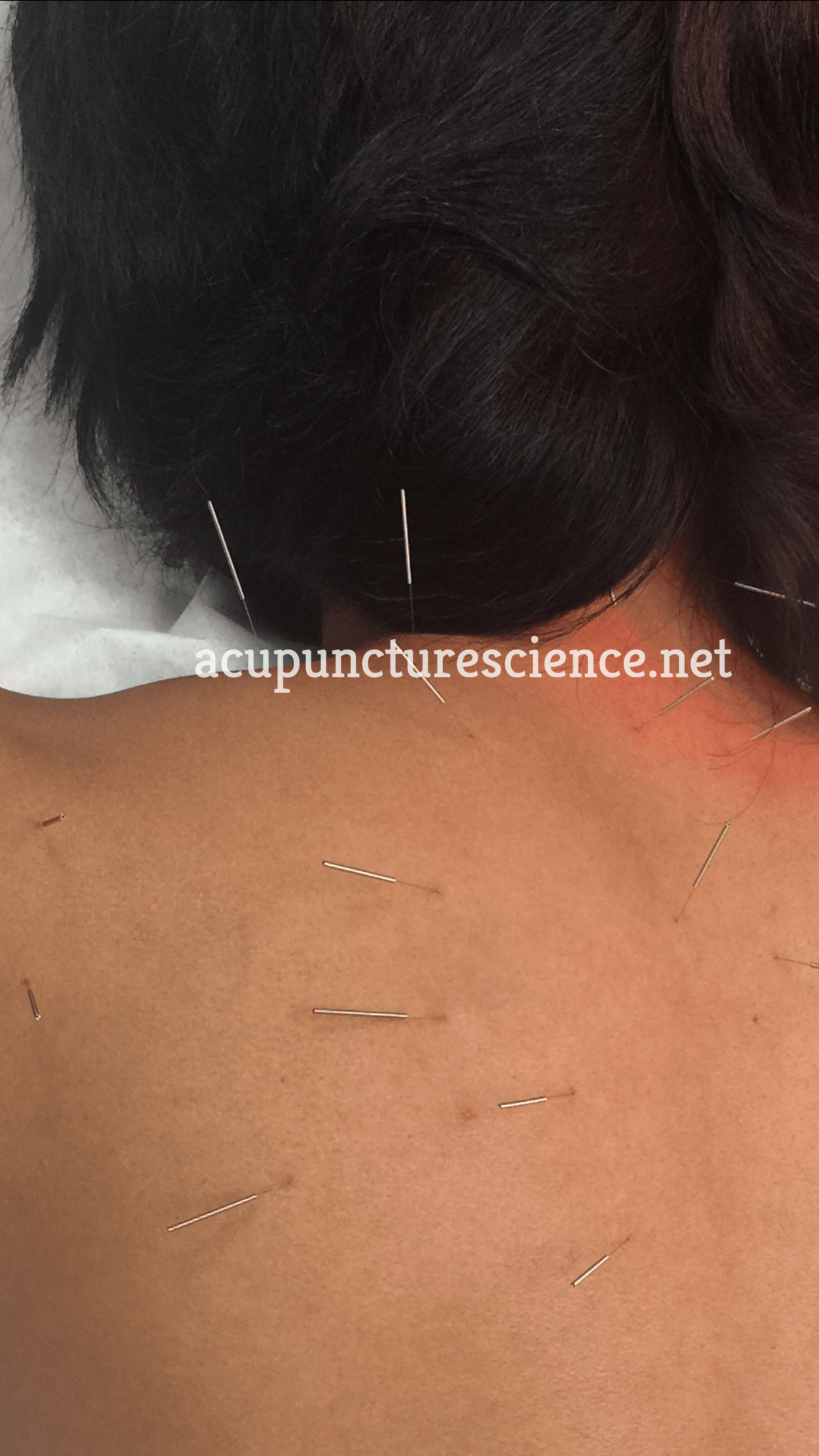
Acupuncture Treatment (45 minutes, Waive form, Concern Form, Formal Medical Records, ROM)
Acupoints: GB12 x 2, GB20x2, GV16, BL10x2, GB21x2, BaiLao, Hua Tuo Jia Ji...
Warm Needling with Infrared Lights
